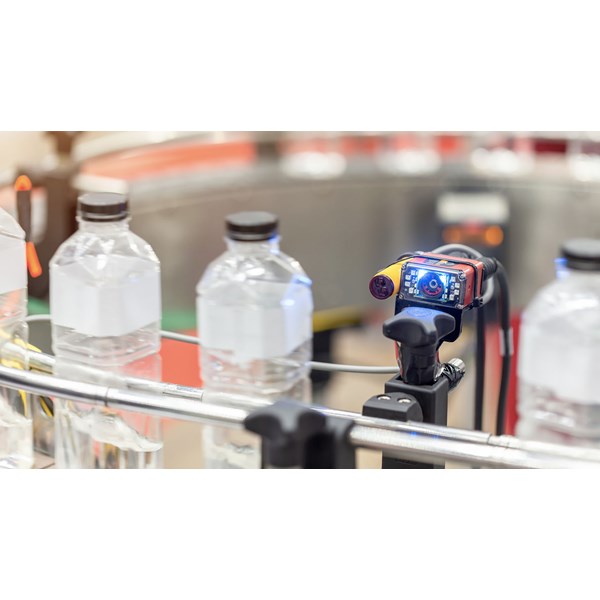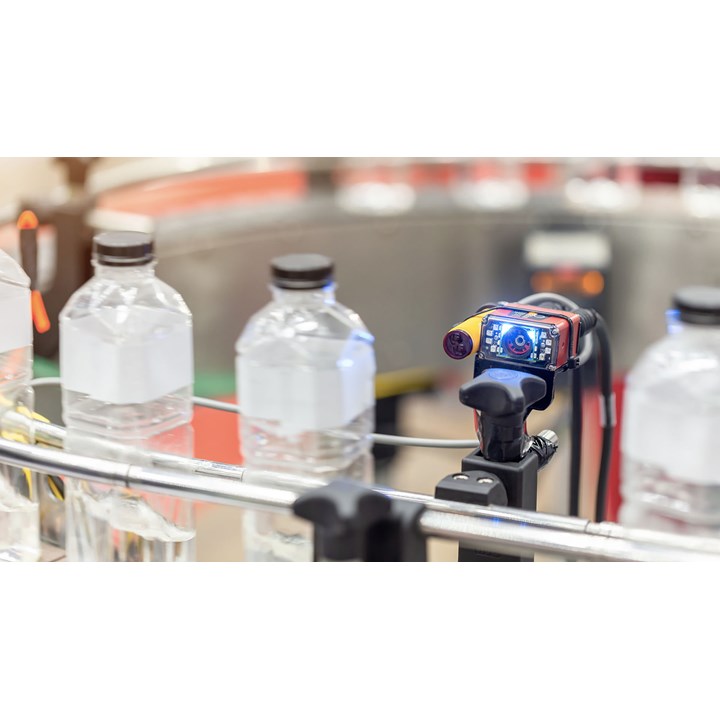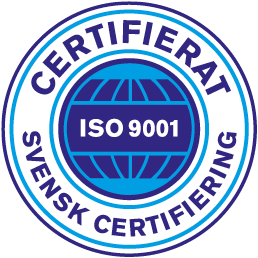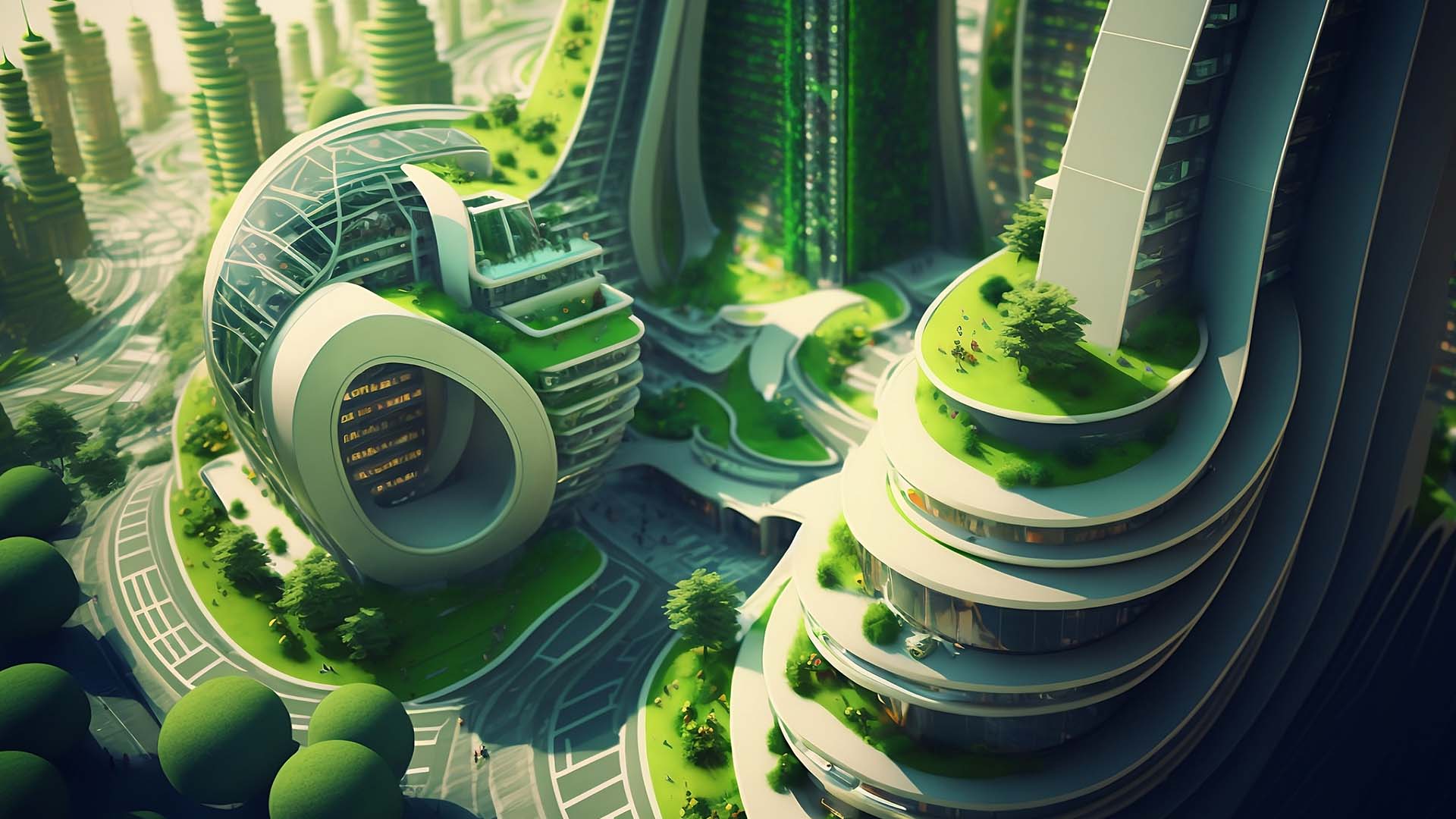Machine Vision in the Food & Beverage Industry
The food and beverage industry – as many other industries, too – has its own special characteristics. This also affects the application of machine vision in the industry. If we specifically compare different industries, certain needs and requirements are more common than others.
The special characteristics of the industry can be seen in the need for traceability and product safety, as well as in the operating conditions and regulatory requirements. Similarities with other industries can be found among the needs for efficiency and quality improvement
Product Safety First
Typical targets for machine vision solutions in the F&B industry include the reading of barcodes and markings, and the monitoring of labeling. These can be used to complement the traceability chain, as well as to ensure that markings and labels correspond to the product and to measure their quality and correctness. The reading of markings and even optical decoding directly from the product can essentially be associated with product safety or with preventing expensive product recalls due to defective products or contaminants.
As a generalization, it can be said that machine vision solutions often help to achieve efficiency and tireless automatic monitoring. Typically in the high-volume F&B industry, this has quite a significant impact on quality as well. The operators’ eyes simply cannot inspect everything that automation can.
Conditions Affect the Choice
When planning and designing a vision solution for a food production environment, it is crucial to take into account the conditions where the systems will be installed. Temperatures can vary according to situation, the devices are often exposed to humidity and various kinds of substances, and the used materials must be carefully selected to meet the needs and regulatory requirements of each particular purpose. Non-enclosed solutions and glass as material are typically not well suited for the food industry, even if they would work just fine elsewhere.
Whether it’s the case of markings, integrity measurements, visual quality assurance, or even the controlling and monitoring of palletizing, machine vision always has its place at different stages of the production process. When planning a vision project, you should keep in mind the payback period or other benefits achieved from it. This could be increased throughput, better quality, or freeing up human resources for meaningful work – either directly or indirectly. The value of increasing amounts of measurement and process data should also not be diminished.
Behind its special characteristics, mahine vision applications in the Food and Beverage industry often use the same methods and devices as the solutions in other industries.
Why not give automatic inspection and monitoring a chance – you’ll be positively surprised!











